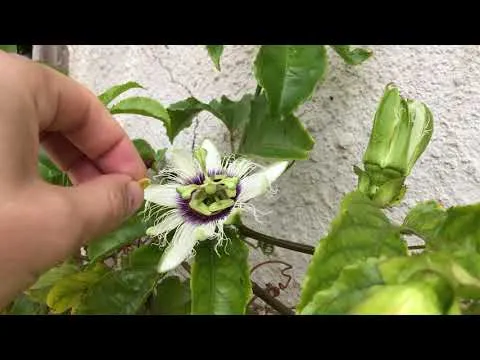The summer is here but the weather is funny. It is raining more than usual, but the fruit trees are loving all of the extra water and warm weather. The fig tree is carrying so many figs for the second year in a row. The passion fruit flowers are starting to open up and the gooseberries are weighing down the thin branches. But this also encourages serious movement and "busy-ness" (or, bee-sy-ness) in the garden. Hundreds of bees, various birds, insects where you look, moles under the soft ground, and a garden that has never been so alive. It is a symphony of life, to be honest. But this brings a host of problems with it, even though it is really beautiful to watch.
In this post or hive garden journal of my very messy garden, I will discuss three such problems. Firstly, I have caught a thief on photograph! The Cape white-eye stealing some deliciously ripe figs. Secondly, even though there are so many bees, some of them do not get to all of the plants for some reason. One place, weirdly, is my passion fruit vine. I will show in a video how I manually pollinate passion fruit flowers. It is so easy. And lastly, with all of the bees pollinating the lily-of-the-Incas, I cannot get to my compost! They have taken over! I hope you enjoy this garden journal entry, and that you learn something new.
Catching a Thief in Broad Daylight!

How can you keep birds away from feasting on these lovely figs? That's a valid question. But my question is, should we? Isn't this also their food? In any case, it is a bitter-sweet sight. They enjoy the sweet sticky fig so much! Almost as much as we do. And there you see the fig disappear that you could have eaten. Sharing is caring, or something like that!
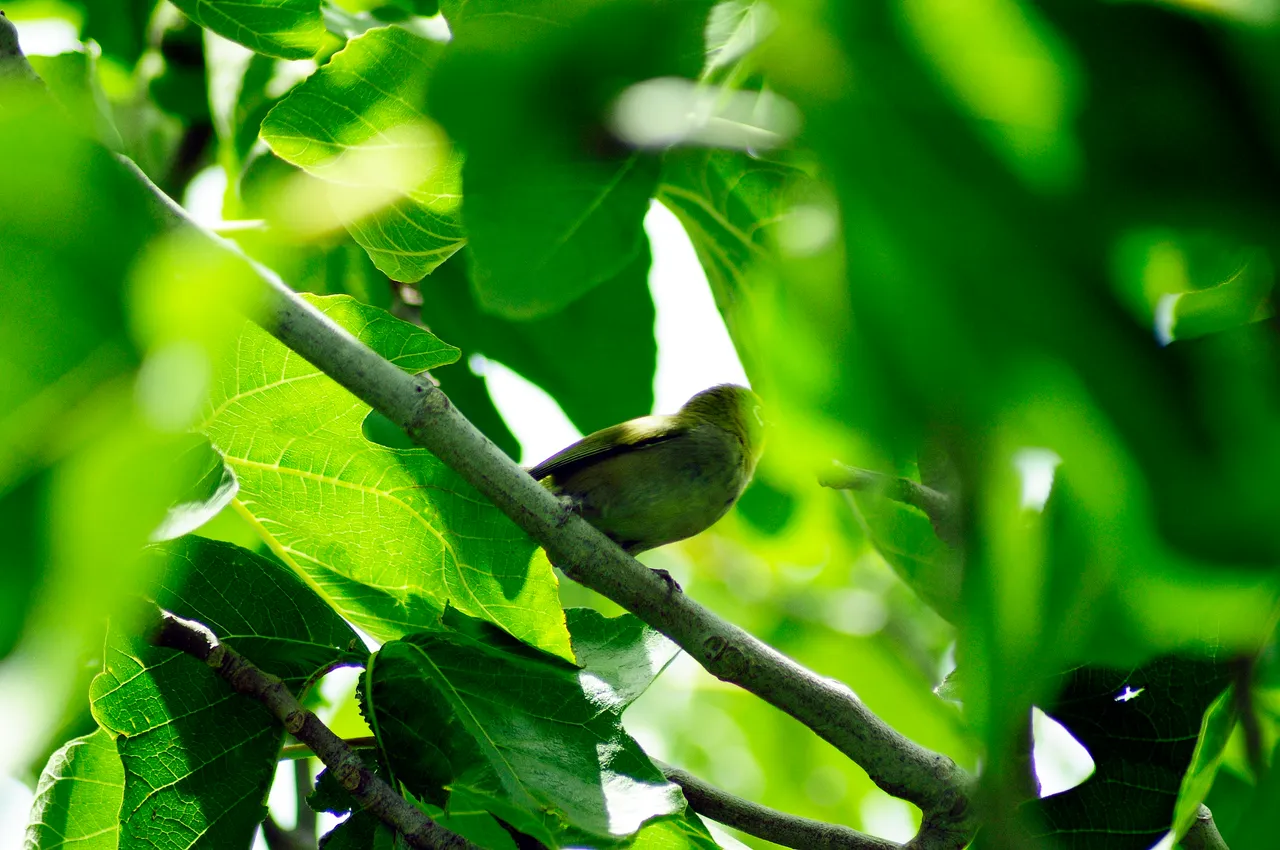
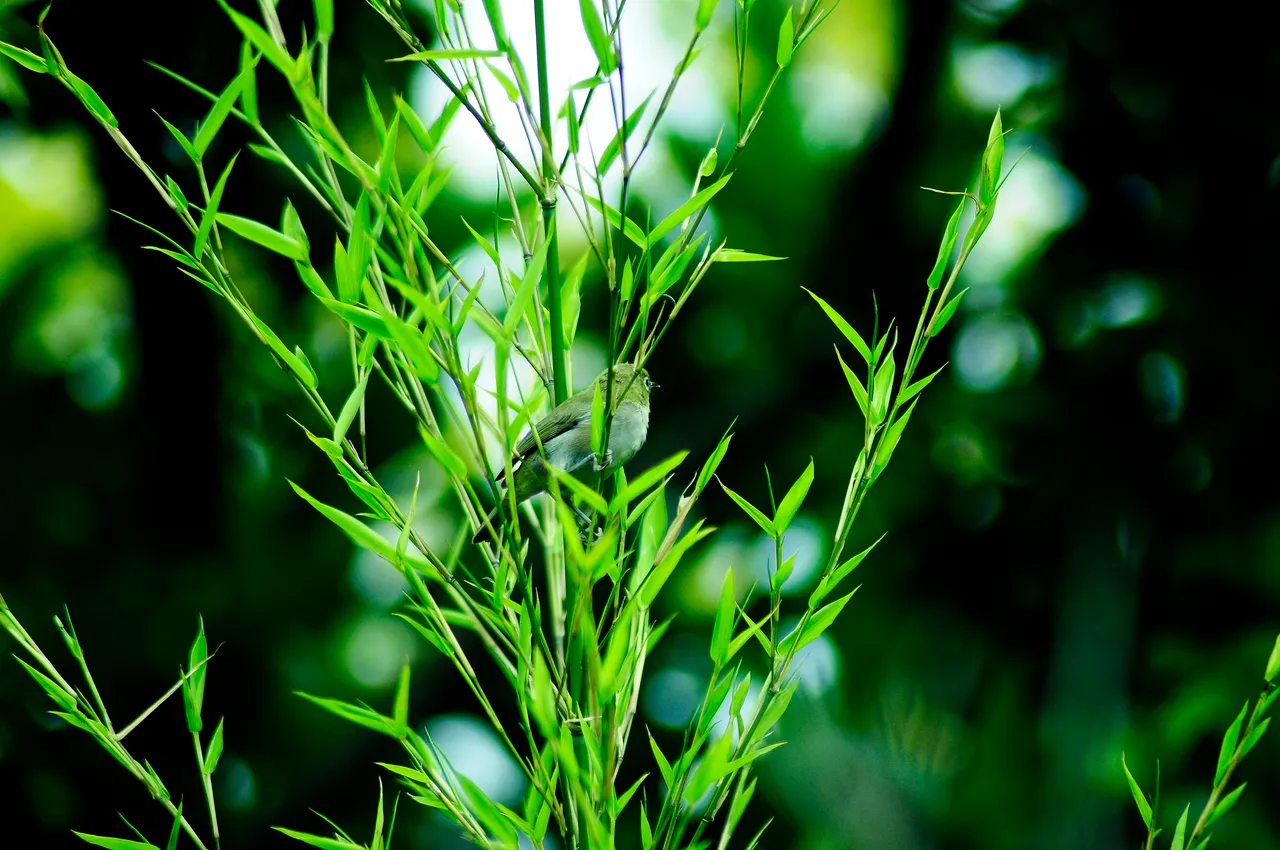
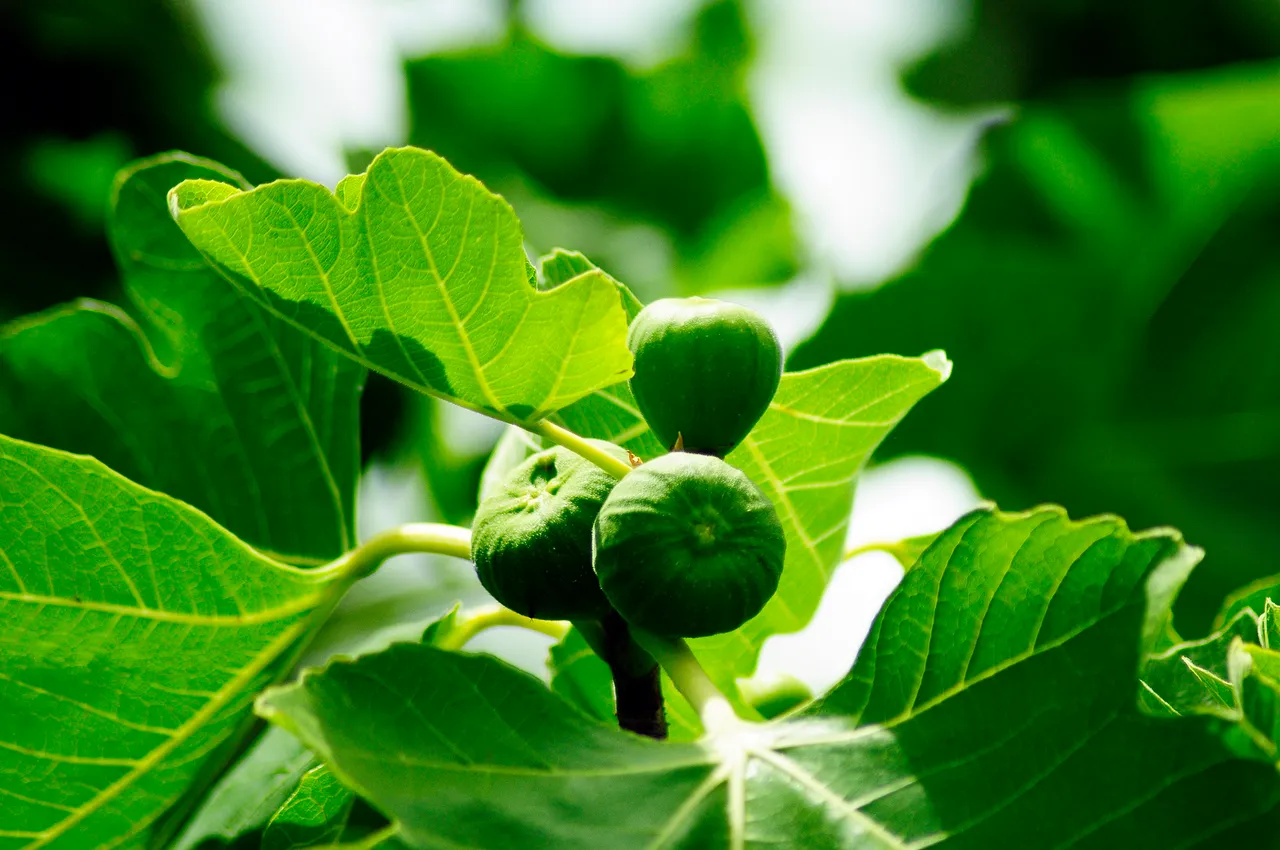
The figs are looking so inviting. There are three, four, or sometimes five figs per branch. The tree is heavy with figs thanks to the good winter rain season we had. Soon it will be harvest time. I wait till they are very ripe, peak sweetness, before I pick them. Unfortunately, I lose a lot of figs due to the birds. Such is life.
Manually Pollinating Passion Fruit Flowers: Where are the Bees?

When I started growing passion fruit in 2014 or so a lot of my passion fruit vine's leaves fell to the ground. I could not understand. I did some research and I found out that passion fruit flowers that are not pollinated drop to the ground. It does not become a passion fruit. But then I found an interesting article: manually pollinate the flowers. Some fruits self pollinate, but some need the help of insects and animals. I am not sure what animals or insects natively pollinate passion fruit vines, but it is not a native plant here.
So, here is a short video on YouTube I uploaded of how I manually pollinate passion fruit flowers. You break off one of the five stamens and rub the pollen onto the three stigmas. See how I did it here:
I have harvested so many passion fruits with this simple trick. I have lost so many passion fruits before this trick. I am not sure if the right animals are not present here or what the problem is. But I go through with the extra steps in order to secure more passion fruits at the end of the season! It is totally worth it.
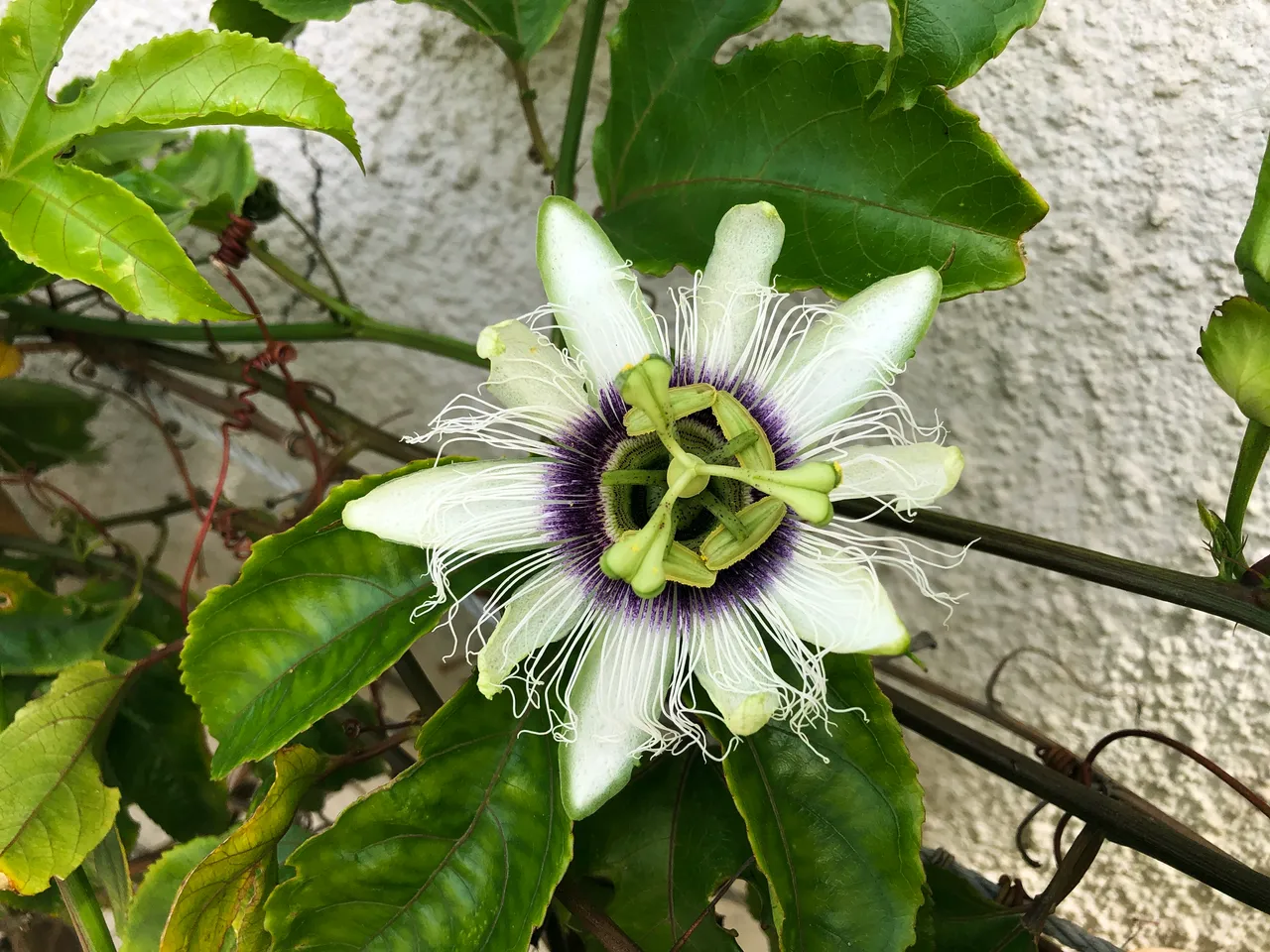
Passion fruit flowers are some of the most beautiful flowers there are for me. They look like alien plants. But this makes them so special. In any case, here is an unopened flower that you will need to keep an eye on.
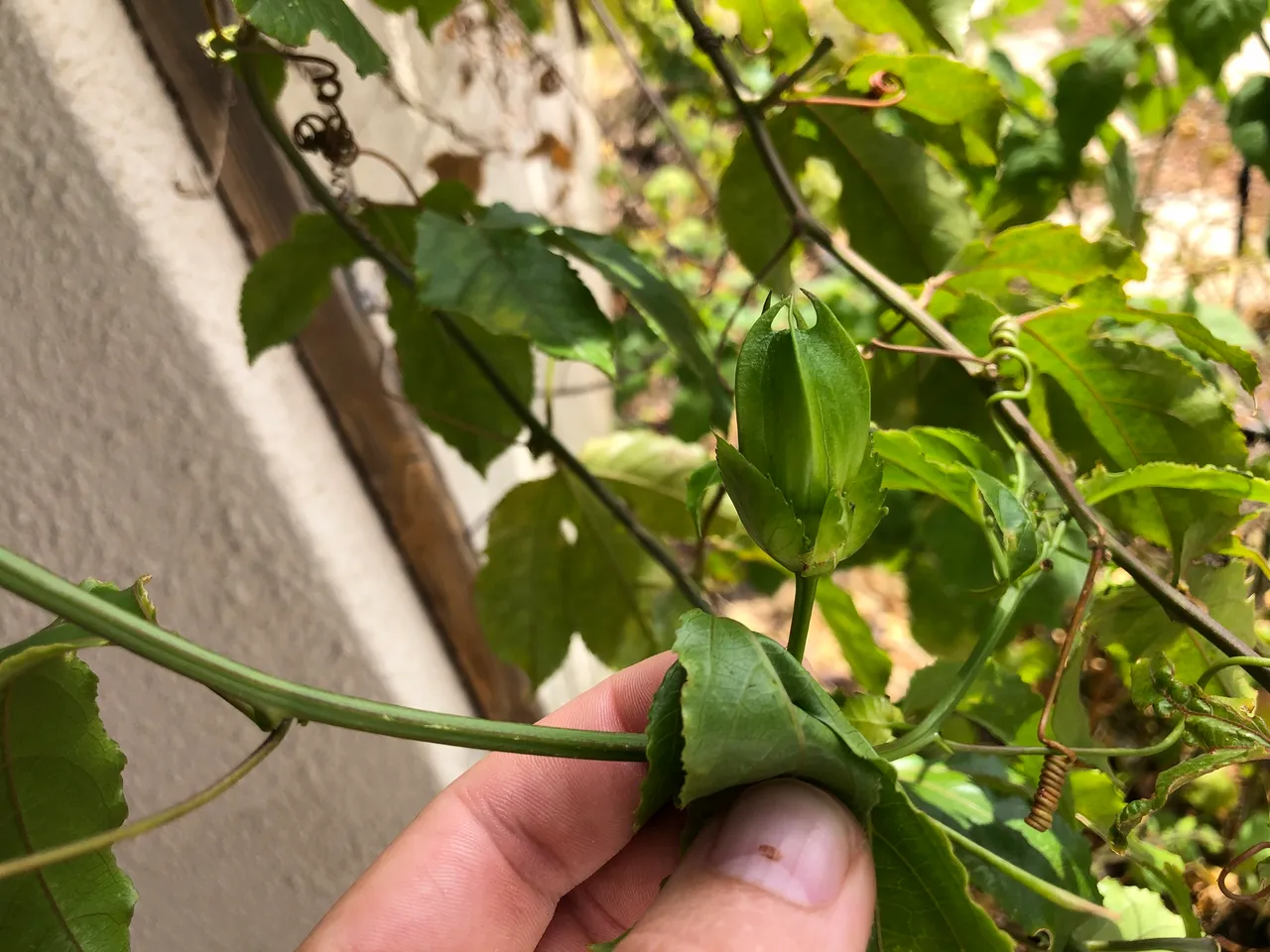
The new growth of the vines is also really beautiful. It reminds me of the vineyards just around the corner of where I stay. To me, passion fruits are superior to grapes. But passion fruit wine does not sound so good.
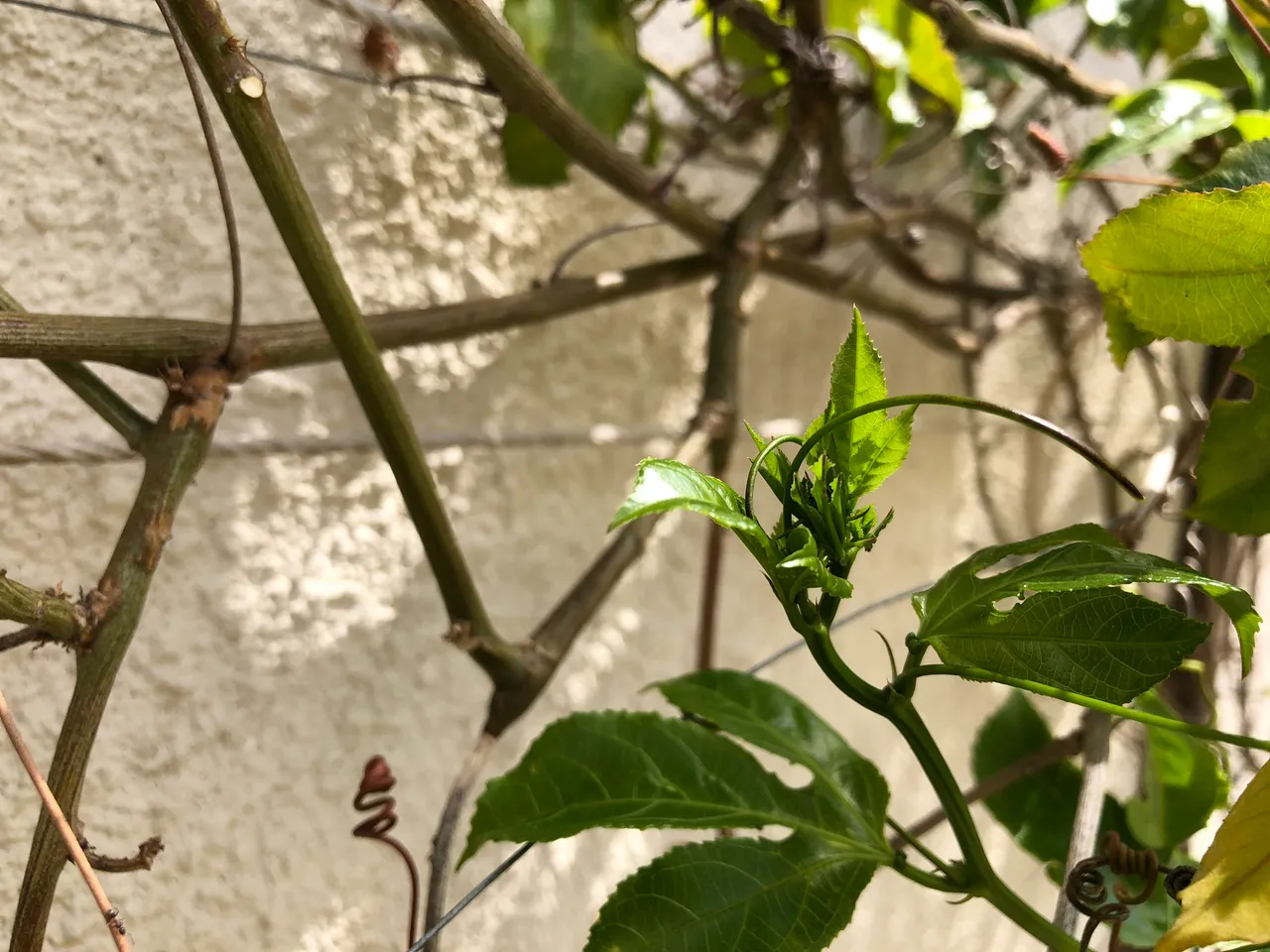
All of the Bees on the lily-of-the-Incas Prohibiting me from Entering
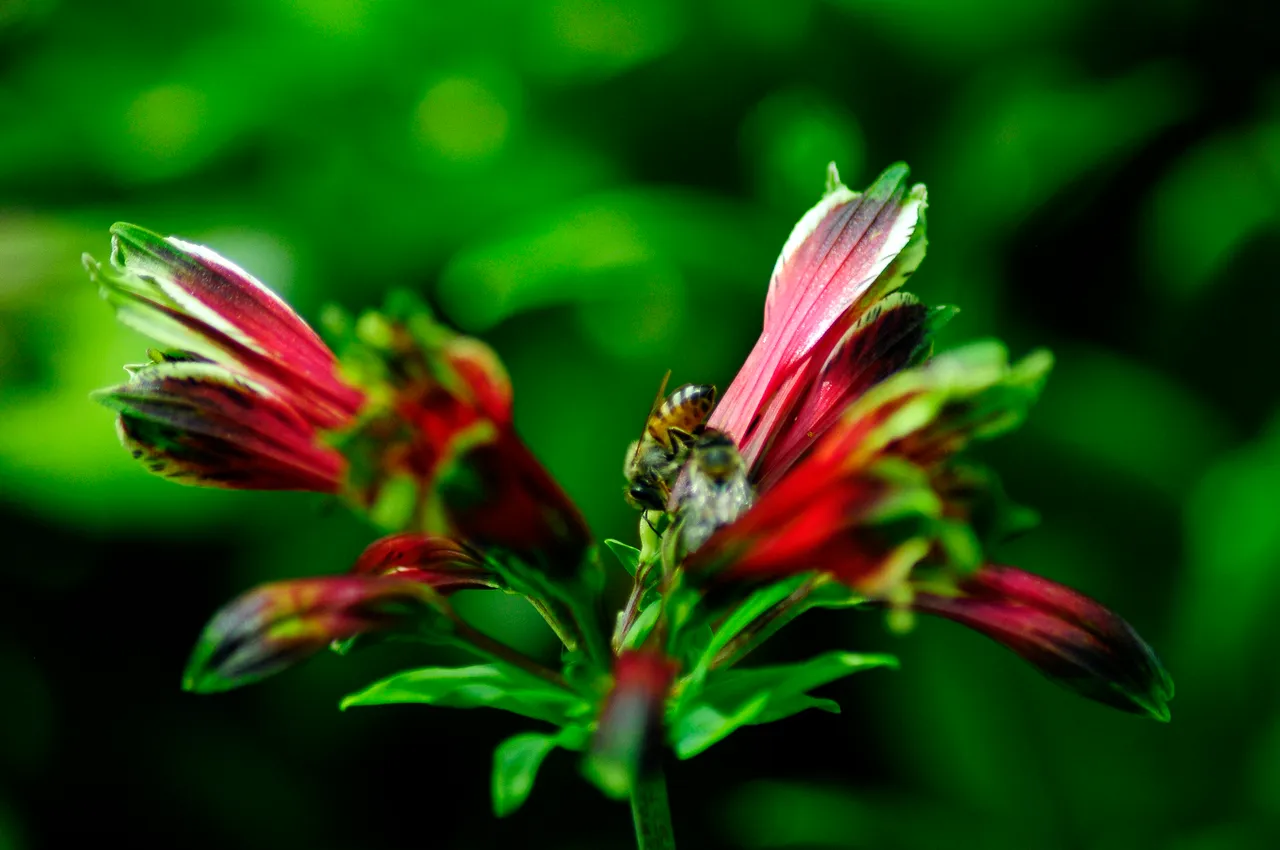
Every winter the pathway to my compost pile is overgrown with lily-of-the-Incas, or the Alstroemeria psittacina. They grow tubers and grow every year after they died in the summer. They grow these long stems with five or six flowers. The bees love them. And this is a problem: I cannot get to my compost!
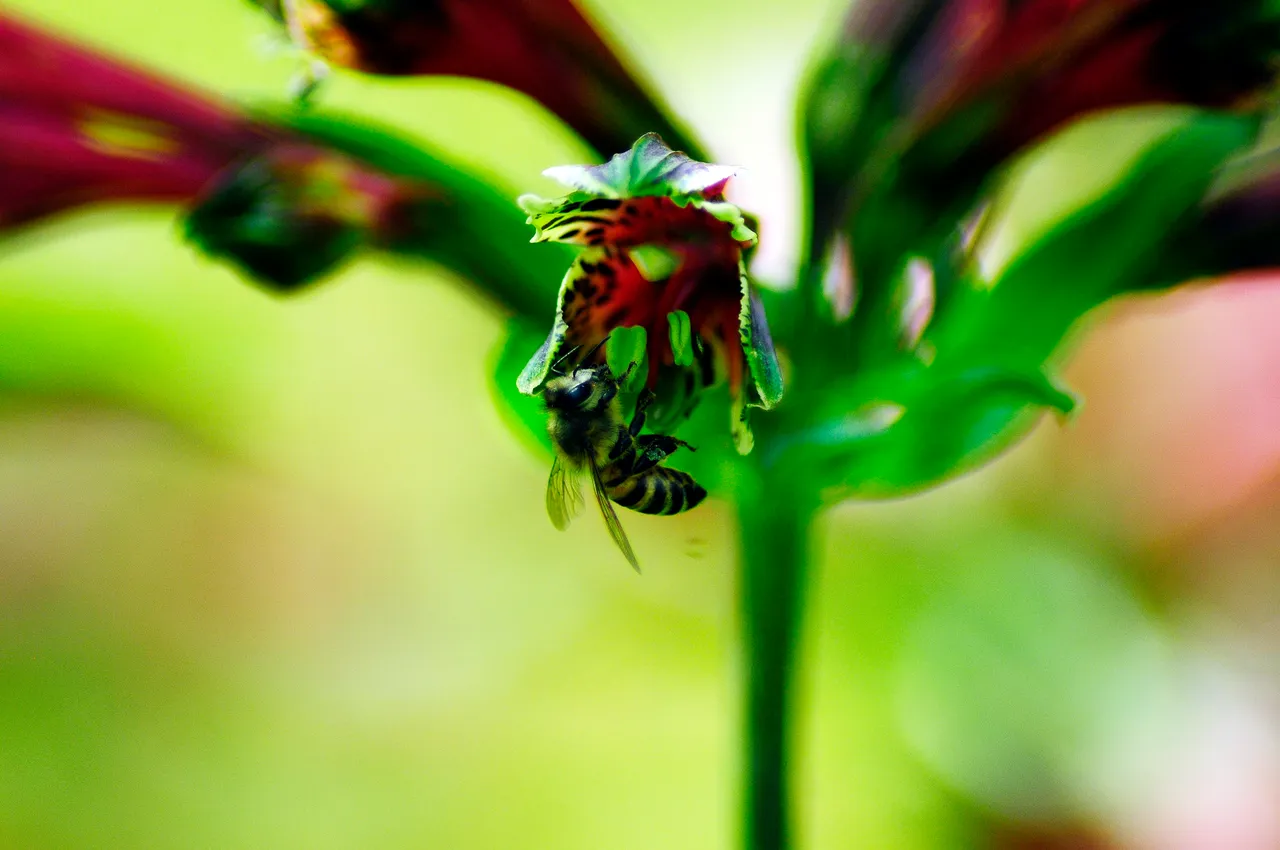
Hundreds of bees sit on the hundreds of flowers that lead to my compost pile. I harvest material from my garden and I use kitchen scrap in the compost, and the last three week's material has been building up outside of my compost. I am too scared to walk through the bees. I have been stung multiple times, and I really prefer to not be stung again.
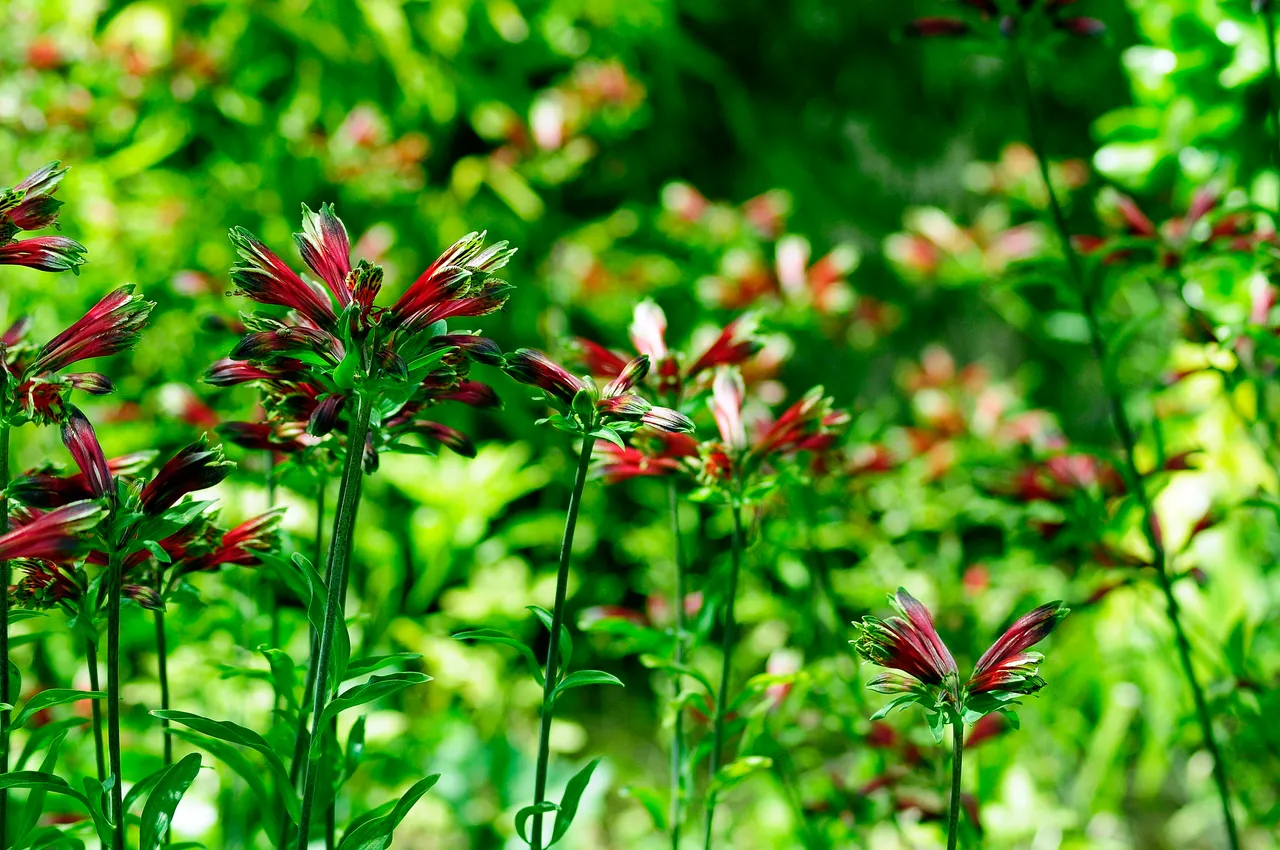
Here you can see how many plants there are. Behind all of these in the shadows are the compost piles. I cannot get there but with this pathway. So, I am hoping for misty and rainy days that are not too unpleasant to get back into the compost. For now, with the nice weather, the bees are king and I cannot pass them. I have tried, but there are really a lot of bees.
Beautiful Chaotic Garden
The garden is so busy with life. I can stand there for hours just looking at all of the bees, insects, dragonflies, beetles, birds, moles, field mice, and so on, doing their thing. Even though the garden is in the middle of a suburban area, life is busily (or bee-sily) carrying on amidst all the political and global instability. Indifferently, they just do what they are doing. And my garden, amidst the concrete jungles, and amongst the other gardens, facilitates a kind of safe space of enclave for them. A self-adopted duty that I think is ingrained in some people, we try to keep the green growing against the grey concrete dystopia.
In any case, I hope you learned something. All of the images are mine, taken with either a Nikon D300, or an iPhone. Stay safe, and happy gardening!

